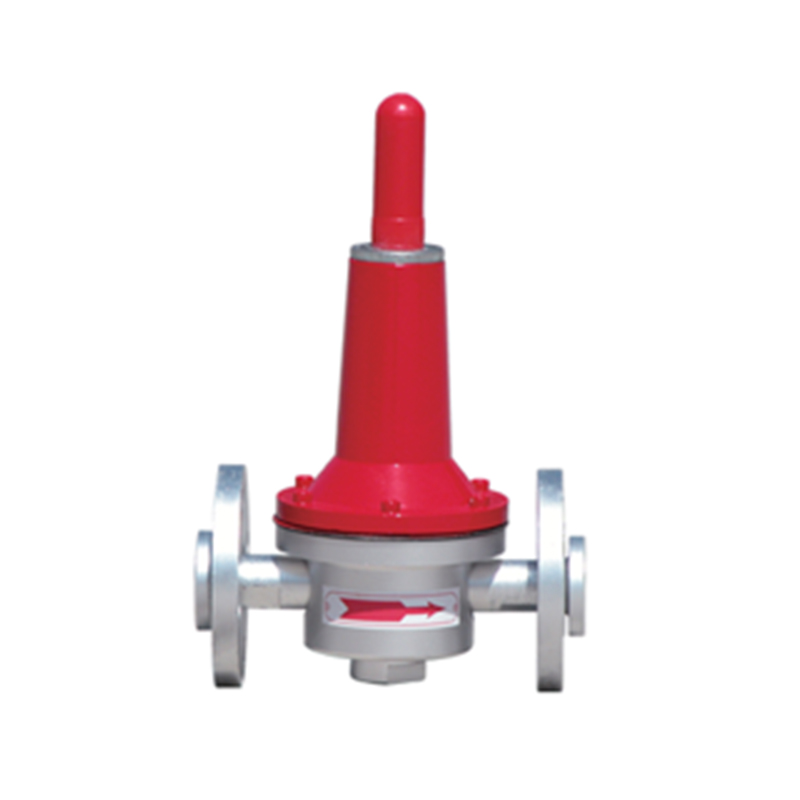
Dec . 11, 2024 11:50
Back to list
natural gas pressure reducing station
Natural Gas Pressure Reducing Stations Importance and Functionality
Natural gas is a crucial energy source that powers homes, industries, and power plants around the world. As it travels through pipelines, the pressure of natural gas needs to be managed to ensure safe and efficient delivery to end users. One of the critical components that facilitate this process is the natural gas pressure reducing station (PRD station). This article delves into what a PRD station is, its importance, and how it functions.
What is a Pressure Reducing Station?
A natural gas pressure reducing station is a facility where the high pressure of gas in transmission pipelines is reduced to a lower pressure suitable for distribution. These stations are strategically located within gas distribution networks, often at points where high-pressure transmission lines meet lower-pressure distribution lines. The primary goal of a PRD station is to ensure that the outgoing gas pressure meets the specifications required for safe and efficient use by residential, commercial, and industrial consumers.
The Functionality of PRD Stations
The operation of a pressure reducing station involves several key components, each of which plays a significant role in maintaining the integrity and functionality of the gas supply system.
1. Pressure Regulators At the heart of the PRD station are the pressure regulators. These devices automatically adjust the gas pressure to specified levels. When the pressure of the incoming gas exceeds the setpoint, the regulator will open a valve to allow excess gas to escape, thereby lowering the pressure to the desired level.
2. Measuring Equipment Accurate measurement of pressure and flow is vital for the operation of PRD stations. Various instruments, such as pressure transducers and flow meters, provide real-time data that helps operators monitor the system and make necessary adjustments.
natural gas pressure reducing station

3. Safety Systems Safety is paramount in natural gas operations. PRD stations are equipped with several safety features, including relief valves, which automatically release gas if the pressure exceeds safe limits. Moreover, many stations are monitored remotely, allowing for quick response to any abnormal conditions.
4. Filtration Units Before gas enters the pressure reducing station, it often passes through filtration units that remove impurities. This is essential to prevent damage to the regulators and other components, ensuring longevity and reliability.
5. Emergency Shut-off Valves In the event of an emergency, PRD stations are equipped with shut-off valves that can quickly stop the flow of gas, minimizing the risk of accidents or hazards.
The Importance of PRD Stations
Natural gas pressure reducing stations play a vital role in ensuring a reliable energy supply. By carefully managing gas pressure, they help maintain the safety of the pipeline system. An uncontrolled increase in pressure can lead to pipeline ruptures or explosions, posing risks to both public safety and infrastructure.
Furthermore, PRD stations contribute to energy efficiency. By optimizing gas pressures for specific applications and demands, they help minimize losses and ensure that consumers receive a consistent energy supply. This efficiency is particularly important as the demand for natural gas continues to grow, driven by its role as a cleaner alternative to other fossil fuels.
Conclusion
In conclusion, natural gas pressure reducing stations are integral to the safe and efficient delivery of natural gas. They ensure that high-pressure gas from transmission lines is appropriately managed and reduced for distribution purposes. With their various components working in harmony, PRD stations not only enhance safety but also improve the overall efficiency of the natural gas supply chain. As the energy landscape evolves, the importance of these stations will continue to be underscored in the pursuit of reliable and sustainable energy solutions.
Next:
Latest news
-
Safety Valve Spring-Loaded Design Overpressure ProtectionNewsJul.25,2025
-
Precision Voltage Regulator AC5 Accuracy Grade PerformanceNewsJul.25,2025
-
Natural Gas Pressure Regulating Skid Industrial Pipeline ApplicationsNewsJul.25,2025
-
Natural Gas Filter Stainless Steel Mesh Element DesignNewsJul.25,2025
-
Gas Pressure Regulator Valve Direct-Acting Spring-Loaded DesignNewsJul.25,2025
-
Decompression Equipment Multi-Stage Heat Exchange System DesignNewsJul.25,2025

